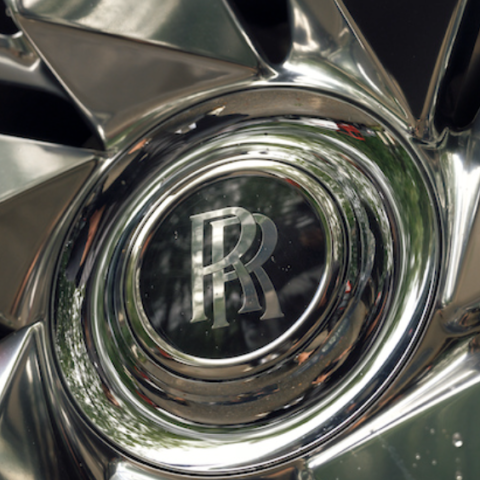BREEZE; Into the Arts
By Rosie Campion
When I think of breeze, immediately I am transported to dappling light through palm trees, gently blowing in the wind whilst dancing along to the soundtrack of white horse waves making their way to shore. Getting inspiration from your surroundings has always been an integral part of creating, and these four artists have taken this to new heights…
Janet Echelman
In the 1980’s, Echelman dreamt of becoming a pianist, however life had a different plan. After getting rejected by seven Art schools, she decided to move to Bali and become a painter. Echelman spent five years in Bali, before moving to New York City and establish a studio. She sculpts in the scale of buildings and city blocks, transforming wind and light to make her work an object you look at – into an experience you can get lost in.
The permanent and temporary works combine physical form and visual experience to create a living, breathing piece that responds to the forces of nature. From the breeze, the sculptures slowly move to adapt to the forces, creating its own performance. Using such complex materials and then combining them with nature creates a balance in the works. These pieces are impossible to ignore, their size does not compromise their delicate beauty, seeming almost edited into the spaces by their aesthetic and movement. Truly breath-taking.
Anthony Howe
Born in Salt Lake city, Utah. Howe attended Skowhegan School of Sculpture and Painting, however as a part time job he erected steel shelving at storage offices. Whilst working, he realised the beauty in the metals, and with an already prevalent interest in nature and wind power, he decided to begin combining the two. The first works he created were a series of discarded elevator cables across local rooftops onto which he hung the first series of wind powered sculptures.
Howe claims that one of his methods of testing is by fixing the sculptures to the top of his van and driving down the local airstrips; testing the movements and the wind together. Metal as we know it is a stiff and intractable material, however, the works combined with wind, create effortless and elegant sculptures. Using breeze gives each piece a less mechanical feel to them, a true feat in creativity.
Jack Tylicki
Born in 1951, Poland, Tylicki was always playing outside in nature. His inquisitive nature meant as a young child he began to hand glass bottles from trees to see what would happen to them after a few days. In the 70’s he began putting sheets of canvas into the wind, rivers and forests before then collecting them a few weeks later to see the natural effects. Naming the series‘Natural forms’, it bought together is love of nature and natural elements to create beautiful Art.
Leaving the wind and natural elements to make their mark in his works meant it gives them an organic feel, you can see where the wind has blown over the canvas, spreading natural materials along the canvas. Over time, the breeze works its way into the works, sculpting the natural materials already spread over the canvas to create sculptural reliefs.
Theo Jansen
The Netherlands born Artist, studied Physics at University in the 60’s, before turning to Art. Jansens first piece was titled ‘Flying Saucer’, using PVC pipes to build the four-metre-wide saucer, filled with helium. The saucer was found in rural Belgium, the breeze took it thousands of miles until it decided to land. Using the natural breeze to transport the sculpture made it organic, not knowing when or where it will land.
His most acclaimed work, is ‘The strandbeest’, since 1990 there has been multiple beasts, including ‘beach beasts’ and ‘Animaris Rhinoceros Lignatus’. The moving, kinetic sculptures appear to walk, described by Jansen as artificial life. Constructed from PVC piping, wood, fabric air foils and zip ties, they are constantly moving and changing from the wind and kinetic energy. Seeing these sculptures makes you question reality, their movement is so fluid that you cannot even believe they are in front of you. All the works have a common theme of breeze and movement from nature. Jansen is at the forefront of organic design and we can only imagine the future of his works.










